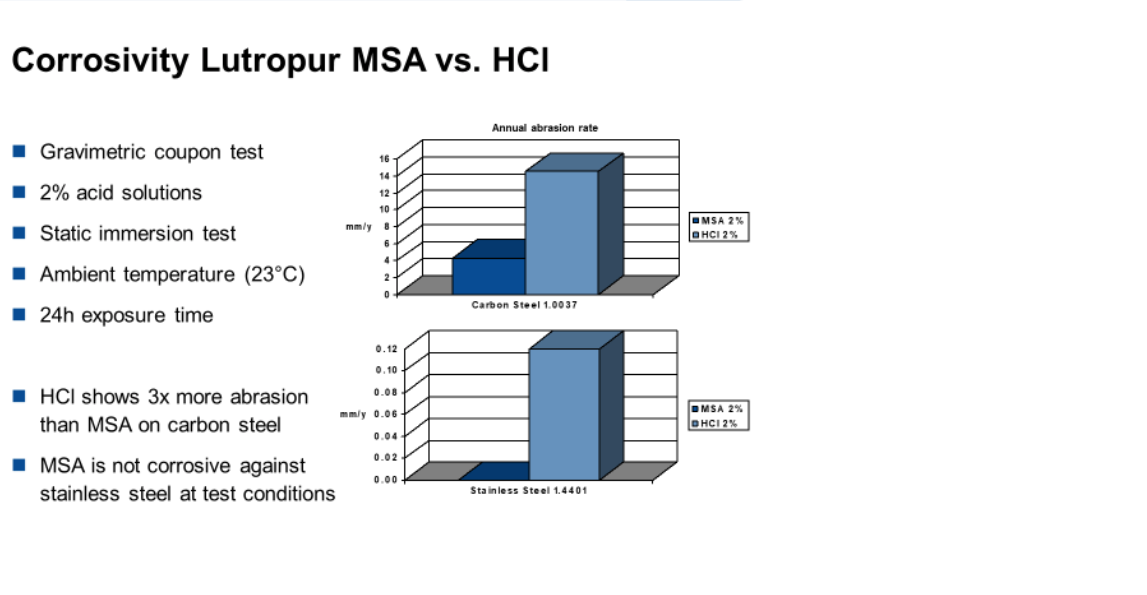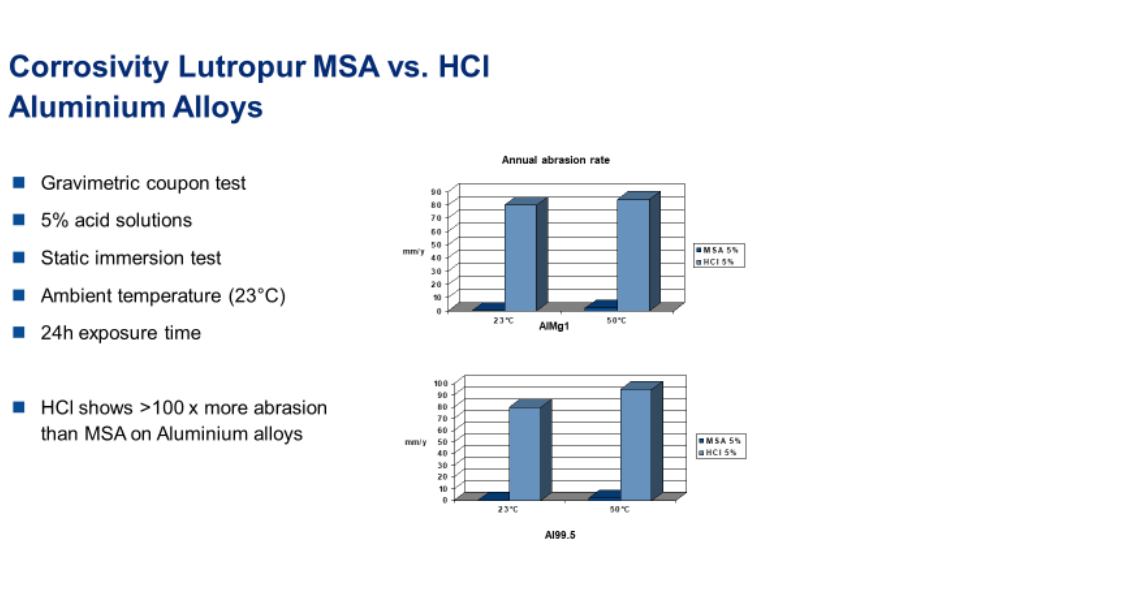An Alternate Acid for Post-Nixtamalization Cleaning
Published
November 18, 2021
Nixtamalization is a process that chemically changes dry corn into a material that can be used to make tortillas or corn chips in food manufacturing plants. During nixtamalization, the corn kernels are cooked with alkali (food-grade lime) and water.The mixture is batch-cooked, cooled, and steeped. Steeping is done in a series of tanks in a continuous-batch process. After steeping is completed, the solution is pumped into the washers and the cooking liquor is drained off. The resulting nixtamal is washed with pressurized water or spraying systems that remove most of the pericarp (seed coat) and excess lime. Finally, the washed nixtamal is transported into a hopper that feeds a stone grinder.The scale produced in this process is a difficult calcium carbonate (CaCO3) and organic soil scale that quickly builds on the pipes, pumps, and equipment. To remove this scale, many plants use hydrochloric acid, which is highly corrosive, and can cause equipment damage resulting in the need for repairs or replacement after as early as three months.The challenge is to find a cleaning formulation that is strong enough to break up and remove the tough calcium carbonate scale without causing the corrosion that is responsible for the costly destruction of the equipment and pipes.A methanesulfonic acid (CH4SO3), like Lutropur® MSA, is a promising alternative to more corrosive and less sustainable acids.In addition to providing excellent cleaning performance with lower corrosiveness, MSA contains neither chlorine nor phosphorus, and it is readily biodegradable.A powerful formula can be created by combining Lutropur with Trilon® M. In this type of formula, Trilon M serves as a complexing agent to remove scale by sequestering metal cations.
Cleaning Performance
A formulation of 1:3 Lutropur® MSA/Trilon® M removed most of the calcium scale within six hours at 150F (66C).

The Lutropur® delivers high penetration power and quickly dissolves the scale.

In a test to determine lime de-scaling power, MSA outperformed other acids such as sulfamic acid, sulfuric acid, phosphoric acid, glycolic acid, citric acid, acetic acid, and formic acid.

Corrosivity
Measured at both 150F (65C) and 248F (120C), MSA is less corrosive on stainless steel than sulfuric acid (H2SO4).

Compared to hydrochloric acid (HCl), MSA is three times less corrosive on carbon steel.

On aluminum alloys, HCl demonstrated 100 times more abrasion than MSA.

Conclusion
Nixtamalization plants are just one example from industry that was challenged to find a cleaning formulation strong enough to remove calcium carbonate scale without causing costly corrosion. Those in the industrial cleaning industry seeking to increase efficiency, decrease downtime, and reduce environmental impact will be well served by examining the possibilities presented through the use of a methanesulfonic acid, like Lutropur® M, in combination with a methylglycinediacetic acid, like Trilon® M.


